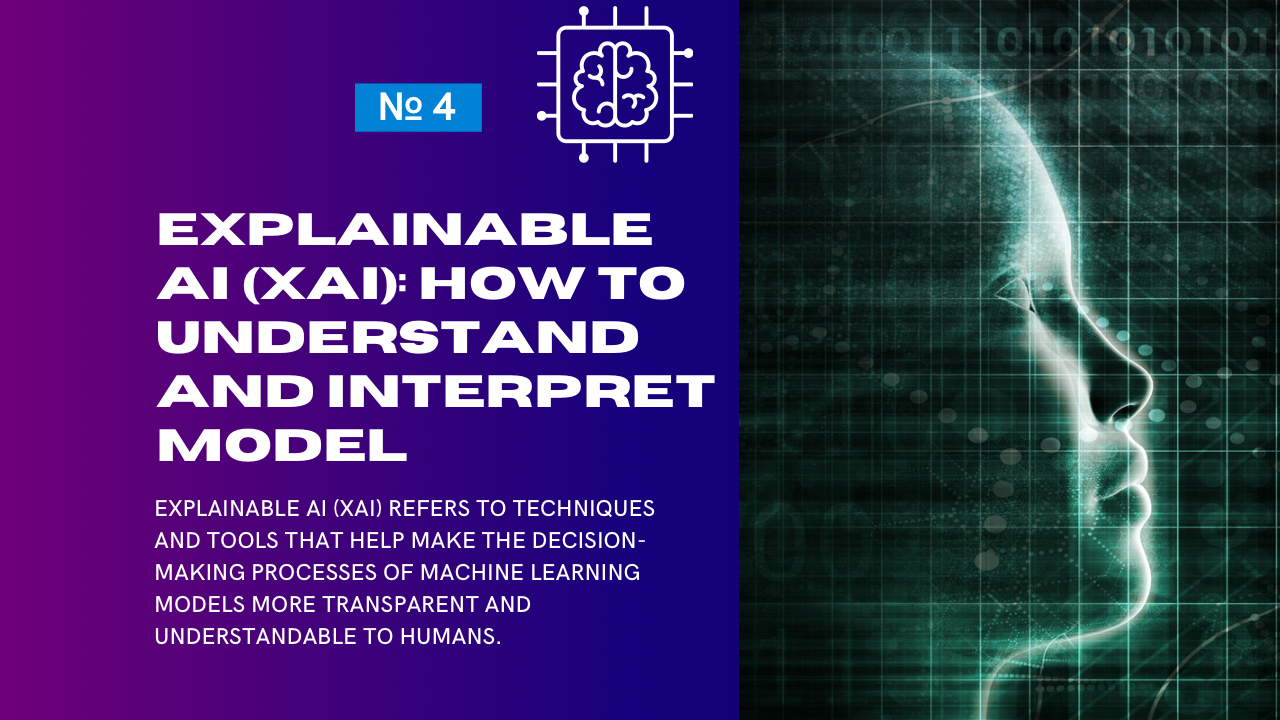Explainable AI (XAI) refers to techniques and tools that help make the decision-making processes of machine learning models more transparent and understandable to humans. With the increasing complexity of AI systems, especially deep learning models, understanding how these systems arrive at their conclusions has become a critical challenge.
Key aspects of XAI include:
- Transparency: Designing models that are inherently interpretable, such as decision trees or linear regressions, where the logic behind the predictions is easy to trace.
- Post-Hoc Interpretability: Applying methods to understand complex models after they have been trained, like:
- SHAP (SHapley Additive Explanations): A technique that explains the impact of each feature on a model’s predictions.
- LIME (Local Interpretable Model-agnostic Explanations): A method for explaining individual predictions of any black-box model by approximating it locally with an interpretable model.
- Saliency Maps: Visualization techniques that highlight areas in an input (e.g., an image) that were most influential in the decision-making process.
- Fairness and Bias Detection: Ensuring models do not exhibit bias by analyzing how they treat different groups or categories of data.
- Trust and Accountability: Making AI systems more trustworthy by providing clear justifications for their predictions, especially in critical fields like healthcare, finance, and law enforcement.
XAI not only builds trust in AI systems but also helps developers and users identify potential errors or biases in models, ensuring they function reliably and ethically.
